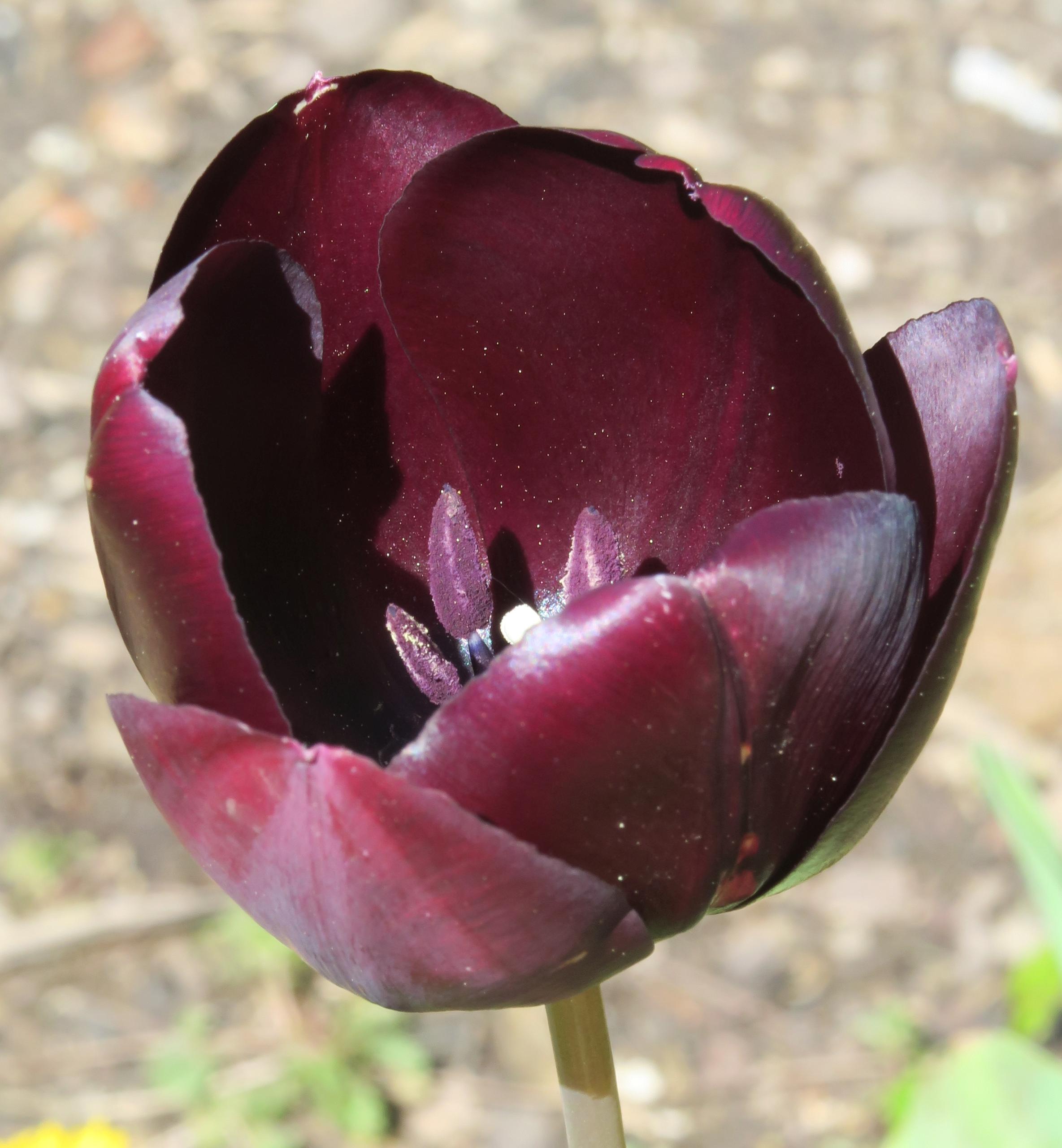
Harnessing the humble plant cuticle

A common plant structure is the driving force behind a new EU research project, thanks to its potential for inspiring novel materials – from insect repellents to colours.
Compared to beautiful flowers or delicious fruits, a plant’s cuticle – the layered structure that controls the movement of waxes to the surface of leaves and petals – sounds boring.
But in fact, the cuticle is crucial to a plant’s survival. It regulates everything from gas exchange to water permeability, and even controls which insects are able to land on the plant – to pollinate it, for example – and which are repelled.
All these functions depend on the cuticle’s unique layered structure, which has intrigued scientists for years.
Nico Bruns, a professor of macromolecular chemistry at the Adolphe Merkle Institute (AMI) in Fribourg, is coordinating a new four-year research initiative funded by the European Commission, known as PlaMatSu (Plant-Inspired Materials and Surfaces).
The project brings together both students and experienced researchers from Switzerland, Germany and the UK in fields ranging from biology and chemistry to physics. They’re all are interested in understanding how plant cuticles grow and develop, in the hope of creating useful new materials and technologies.
“I think the most famous example of plant-cuticle inspired materials are those based on the “lotus effect,”” Bruns tells swissinfo.ch.
“Lotus plant leaves are very water repellent – if you put a drop of water on one, it simply rolls off. Researchers all over the world have developed materials, like wall paints or glass, that mimic this self-cleaning mechanism. So, we decided to see what other interesting properties in the plant cuticle could be useful.”
Buzz off
Current PlaMatSu projects include developing self-lubricating synthetic materials that mimic the way waxes move through plant cuticles in nature.
“The technical world is full of moving parts that need lubricants – even a Swiss watch,” Bruns laughs.
Cuticles can also be useful for lending colour to things – but not in the way you might think.

“Most plant flowers are colourful because they have coloured substances called pigments in them. But others are coloured because they have a structured surface, similar to some butterflies or beetles,” Bruns explains. He says that this type of “structural colour” is useful in the field of optics, or for developing colourful synthetic materials.
Yet another application of cuticle-inspired research is species-specific insect repellents, which can prevent certain pests from getting a good grip on crop plants.
“Think of a bee landing on a flower: if the petals were super slippery the bee would slip off, and this wold not be very useful for the plant,” Bruns says. “So you can see that plants have evolved surfaces that can interact with insects, while insects have evolved to match the surfaces they want to stick to.”
Based on this concept, physicists in the PlaMatSu group at AMI are developing structures that form rough areas in certain patterns, with which they hope to be able to control insect adhesion – or stickiness. A potential application if this research could be a spray which, when applied to a tree trunk, would physically prevent certain insects from crawling up it.
“Retro-bio-inspired”
Bruns says that in addition to novel materials and technologies, he hopes the PlaMatSu project will motivate its nine PhD students to further pursue innovations inspired by nature and biology…as well as something he calls “retro-bio-inspired research”.
“As a scientist, when you have an idea, you often need to look for analogies in nature – systems that people are familiar with – to be able to explain that idea to a general audience outside of your own scientific community,” he explains.
“Then all of the sudden, you realise that if you look more deeply into these natural systems, that they can provide you with more ideas for your own research, even though it didn’t start out as a genuinely bio-inspired project.”
What are your favourite examples of innovations inspired by plants? Share them in the comments!

In compliance with the JTI standards
More: SWI swissinfo.ch certified by the Journalism Trust Initiative































You can find an overview of ongoing debates with our journalists here . Please join us!
If you want to start a conversation about a topic raised in this article or want to report factual errors, email us at english@swissinfo.ch.